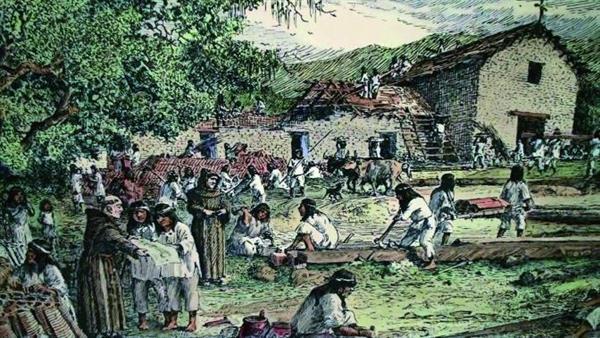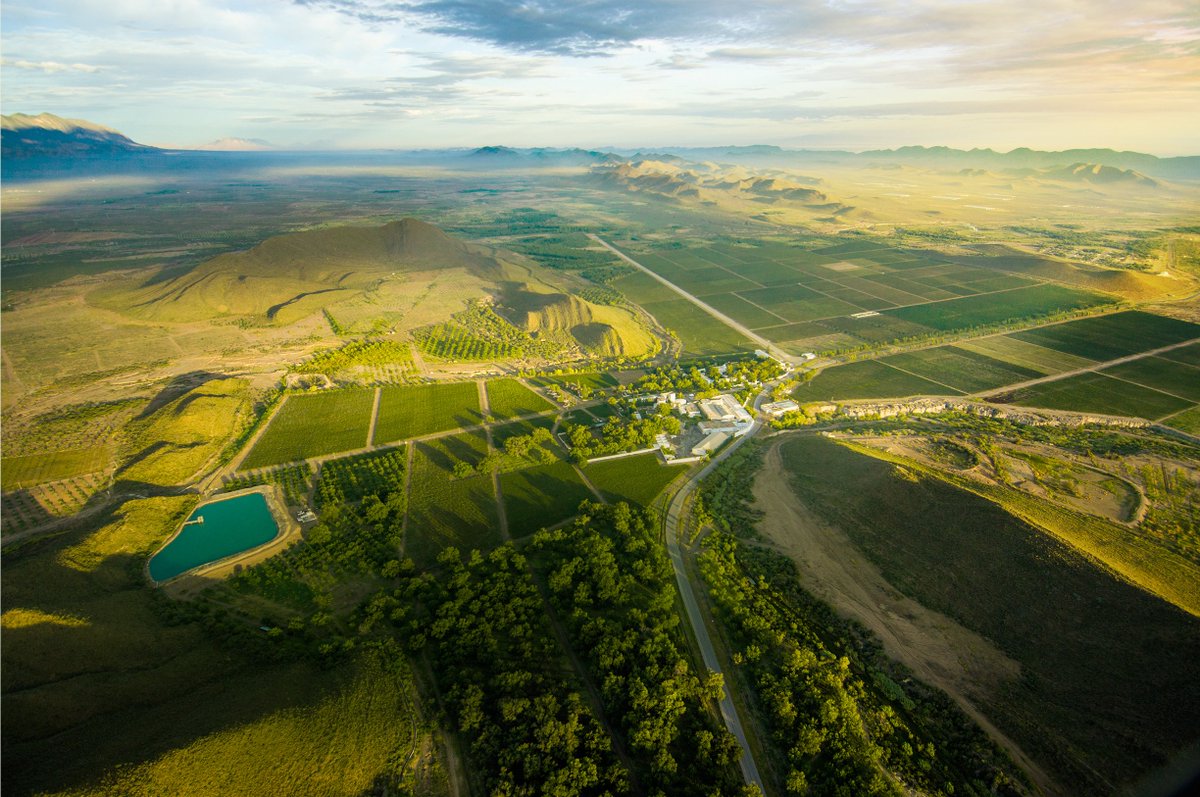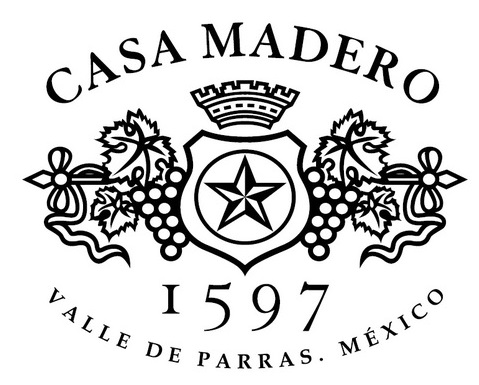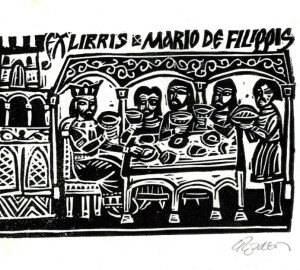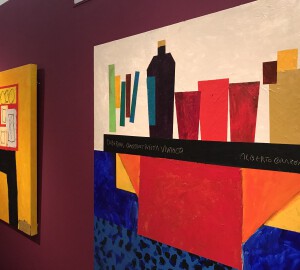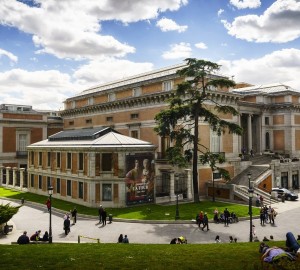To give you some background, let's think back to the article on the "...".Missionary grapes”.
According to most sources, the first place on the American continent where vines began to be cultivated... (vitis vinifera), brought from Spain, was brought to Mexico in 1524 by order of Hernán Cortés.. We also talk about the fact that, in their evangelising adventure, the Jesuits spread throughout the continent, building missions to convert the native populations to the Catholic faith. Logically, for the celebration of the Eucharist they needed wine, a precious and scarce commodity that had to be imported from Spain. So, the missionaries decided that one solution for the supply of wine was to plant vines around the missions and produce the liturgical wine themselves. In this way, the Jesuits first and, after their expulsion from all the dominions of the Spanish crown, the Franciscans later became winegrowers... for their own consumption. So, Why is it that Mexico, being the oldest wine producer in the Americas, has no tradition of winemaking? For a purely economic reason.
In addition to the vineyards planted by the religious where they founded missions, the increase in wine production on the new continent was favoured by royal ordinances, such as that of King Charles I, which ordered that all ships leaving for New Spain should carry vines and olive trees to be planted on the new continent. Thus, by the mid-16th century, Mexico City and several surrounding provinces had become the main producer in the Americas, to the point where they could almost meet all the demand from the new continent. This situation meant that less and less wine had to be imported from Spain, with the consequent economic loss for Spanish wineries. As the figure of loss of profit did not exist to be able to go to court and claim compensation, the Spanish producers went to cry to the king. Philip II, unaware of the term economic liberalism, enacted Law XVIII:
- Philip II of Instruction of viceroys of 1595.
By the instructions of viceroys, and other decrees,
and our provisions it is forbidden to plant
vineyards in the West Indies, and ordered
to the viceroys, that they do not give licences for the
be replanted, nor repair those that have been planted or repaired.
finishing [...] we order and command,
that all owners and possessors of vineyards give us,
and pay each year at the rate of two per cent
of all the fruit that they shall bring forth from them [...].
Logically, this ban, and the tax on "the fruit", hit Mexico, the largest producer, the hardest.
On 9 February 1811, this instruction was repealed and authorised...
...to the natives and inhabitants of the Americas
so that they can sow and cultivate
as much as nature and art can provide;
and to promote industry in the same way,
manufacturing and arts to the fullest extent.
But by that time, the damage had already been done and Mexico had lost its wine-making tradition. Even so, the oldest winery on the American continent can be found in the fertile valley of Coahuila (Parras de la Fuente, Mexico). A winery that, by the way, has its own history, as it dates back to 1597, two years after the royal instruction.
In 1568, departing from Zacatecas, the Spaniards arrived in the valley of Coahuila, a true oasis in the middle of the desert with water springs and an abundance of wild vines. Not surprisingly, they called this place Valle de las Parras (Valley of the Vines).
With the arrival of the Jesuits in 1594, the mission of Santa María de las Parras -today, Parras de la Fuente- was founded and, as mentioned above, they came with their vineyards. The place was ideal for wine production, and the Spanish savvy Lorenzo García applied for a "merced" or endowment of land in the valley. Despite the prohibition, Diego Fernández de Velasco, governor of Nueva Vizcaya, delivered the grant authorised by King Philip II on 19 August 1597, with the express purpose of planting vines to produce wine and brandy. Thus, the Hacienda de San Lorenzo was born, the oldest winery in America which, to this day and under the name of Casa Madero since 1893 when it was acquired by Evaristo Madero, grandfather of the revolutionary hero and president Francisco Madero, produces excellent wines.






